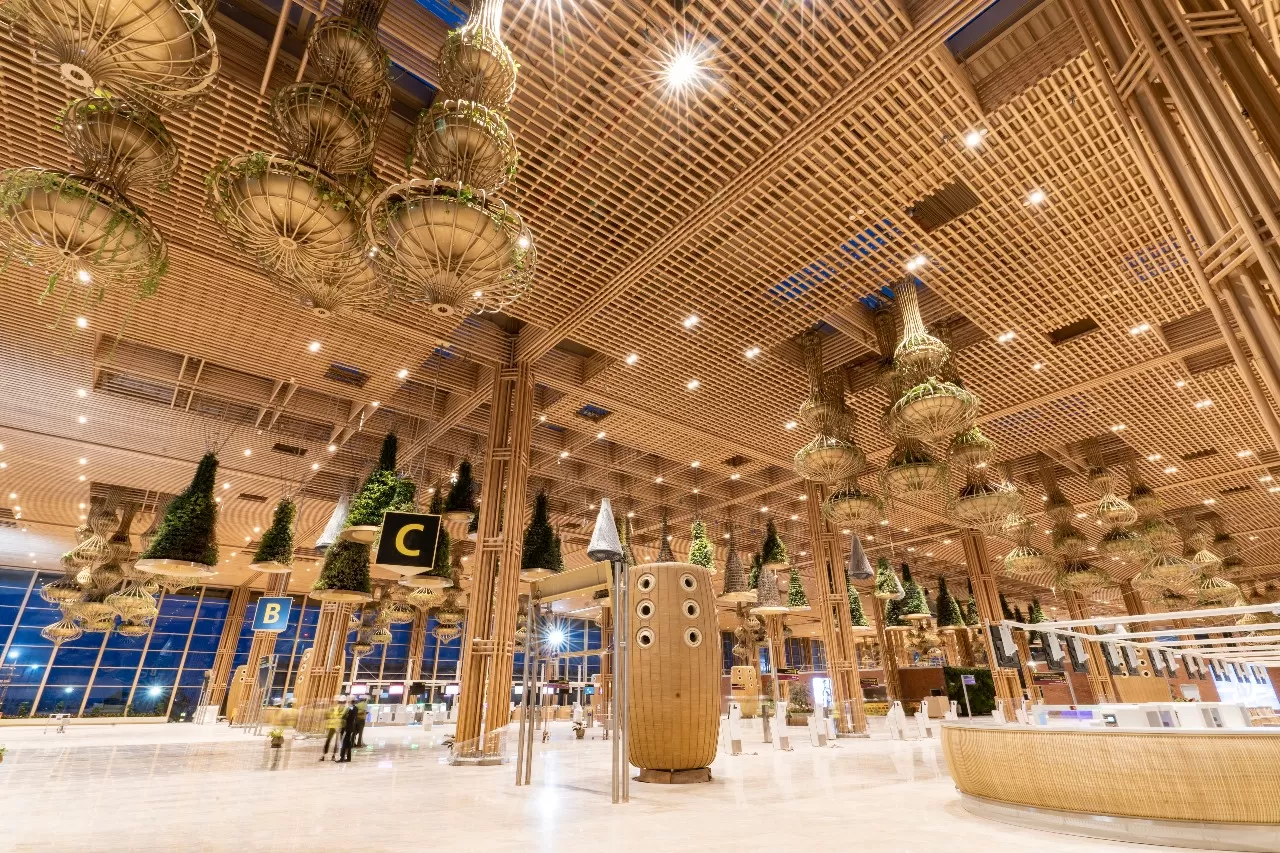Photo: For representational purpose
Quarterly new supply in Q12020 stood at 9 million sq ft
Average quarterly new supply in first quarter of last three years stood at 7 million sq ft
Grade-A properties to attract occupiers due to higher health and safety standards
Demand for e-commerce and pharmaceutical services have ensured that India’s industrial and logistics real estate industry has remained the most resilient asset class in the first quarter of 2020. As COVID-19 has significantly impacted businesses and economy worldwide, consumers have shifted consumption activity to online transactions, according to JLL’s recently released report ‘COVID-19: Industrial & Logistics Sector in India. Impact and Opportunities’.
India’s warehousing sector, driven by new supply in eight major metros including Ahmedabad, Bengaluru, Chennai, Hyderabad, Kolkata, Mumbai, Delhi-NCR and Pune, saw an approximately 15 per cent contraction (in million sq ft) during January-March, the first quarter of 2020. Net absorptions stood at 5.9 million sq ft in the midst of the lockdown across the country starting March 2020.
“The quarterly new supply addition is higher than the average quarterly new supply addition of first quarter in the last three years (between 2017-2019), which demonstrates that the impact of lockdown has likely not set in yet,” says the report.
“Modest absorption amid the COVID-19 uncertainties hints that the fundamentals of the industrial and logistics sector is strong and set to take a faster revival route among major real estate asset classes,” says Ramesh Nair, CEO and Country Head, India, JLL.
The projected supply of speculative spaces may be delayed by a quarter or two, which will also be influenced by factors including protracted labour shortages, added the report.
Short-term demand to contract
As the impact of the national lockdown becomes clearer, the leases and active RFPs that were in various stages of closure are likely to be completed in the third and fourth quarters of 2020. Post-lockdown, demand is likely to be driven by e-commerce and 3PL players who will continue to explore urban spaces. Grade-A properties will be more attractive to occupiers due to health and safety considerations.
“The extended lockdown in the country will also impact the under-construction projects resulting in an attenuated supply in the short-term. However, absorptions and demand in warehousing sector is likely to take a positive turn in the medium-to-long term phase,” says Yogesh Shevade, Head-Industrial Services, India, JLL.
Pent-up demand and project closures may be pushed by two quarters with an expected spark in activities by Q4. However, the fundamentals of the sector remain strong and the biggest advantage for India remains in the potential to capture manufacturing demand as companies re-position their global supply chains from a business continuity planning (BCP) standpoint.
Impact on logistics sector
The lockdown has frozen supply chains across multiple sectors, both in production and stockpiling. “These restrictions have also limited transactions in the growth-oriented e-commerce sector,” adds the report.
However, after the lockdown, a change in consumer behaviour is expected to benefit e-commerce and e-payments, which is already being observed through movements of essential commodity. The report highlights that the medium-term will experience an uptake in demand of urban logistics and in-city warehousing. The logistics sector is expected to see long-term growth as e-commerce expands and with enhanced infrastructure support.
Impact on occupiers
Sectors such as FMCG, e-commerce, pharmaceuticals, and cold storage will see an increased growth and demand for the additional warehousing spaces. On the other hand, a few sectors like auto, heavy machinery and chemicals, may look for short-term rent abetments for one-to-two months.
“Occupiers will re-align their overall real estate strategy based on post-COVID-19 scenarios, such as labour, consumer demand and government support,” says the findings of the report. Facility management will be re-examined intensively, and short term rental deferment and rent holidays will be considered as alternative to rental re-negotiations. Longer-term, increased warehouse space offloading to 3PL for storage by small and medium occupiers will become more common.
Investments: Slow but steady
“Investors might remain cautious, critically scrutinising portfolios before deploying capital for investments. However, the industrial asset class might emerge as a safer investment option compared to other real estate asset classes,” the report adds.
In the short-term, a tightening of the debt/equity influx from Sovereign Wealth Funds (SWFs) will limit inbound activity. In the medium-term, demand for portfolio valuation and business restructuring opportunities along with holding up of capital rates is expected.
Indian industrial investors will explore diversified products for cost efficiency. New investments will remain cautious in the rest of 2020. However, some good opportunities may present themselves, adds the report.
Post-COVID-19: Impact and opportunities
A poll conducted during recently held JLL Industrial & Warehousing webinar revealed that approximately 75 per cent of respondents believe the industrial and logistics asset class will have the fastest recovery among other real estate asset classes. 65 per cent of respondents taking the poll believed that COVID-19 will catalyse manufacturing investments in the country.
Click here for the full report.

















